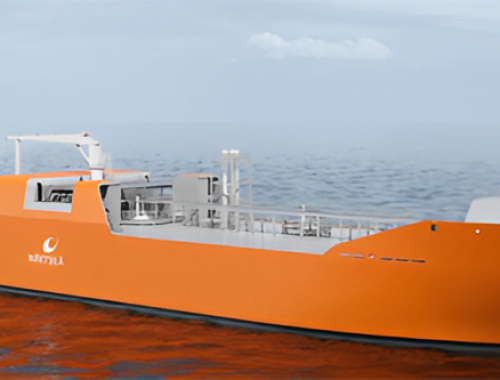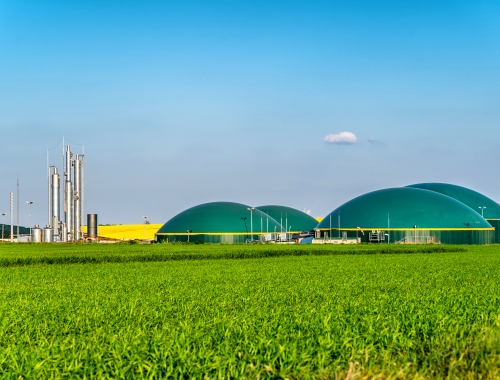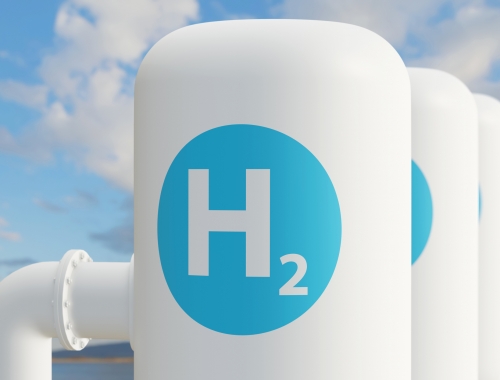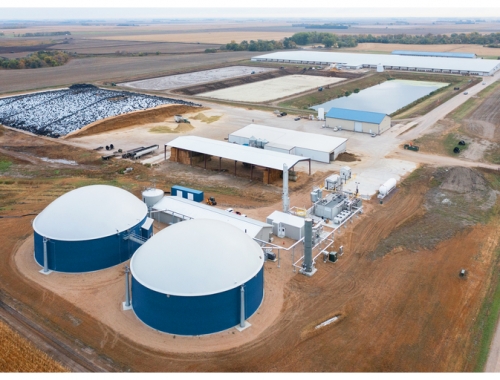California gas utility launches hydrogen study
SUMMARY
Project will examine performance of hydrogen blended with natural gas.
By Dale LunanPOSTED IN:
Pacific Gas & Electric (PG&E), the largest gas and power utility in the US, said May 2 it had launched the nation’s most comprehensive end-to-end study of hydrogen as a renewable energy source.
The centrepiece of the study, known as Hydrogen to Infinity (H2∞), is a large-scale project to blend hydrogen and natural gas into a stand-alone transmission pipeline system. It will enable PG&E and its partners – Northern California Power Agency (NCPA), Siemens Energy, the City of Lodi, GHD Inc and the University of California at Riverside – to conduct a complete study of the performance of different levels of hydrogen blend in a multi-feed, multi-directional gas pipeline system.
The dedicated facility will allow for a controlled and safe study of hydrogen injection, storage, and combustion of different hydrogen blends in a variety of end uses. NCPA’s Lodi Energy Center power plant is located adjacent to H2∞ and will accept a hydrogen-natural gas blend for electric generation in the Siemens Energy 5000F4 gas turbine.
“This demonstration facility is truly an exciting advancement of our goal to diversify our natural gas system for our customers and consider hydrogen’s role as part of California’s decarbonised future,” PG&E gas engineering senior vice president Janisse Quinones said. “As we advance PG&E’s climate commitments and reduction of greenhouse gas emissions, particularly from fossil fuels, our feasibility studies of hydrogen are an essential part of our growth and evolution as a natural gas utility.”
H2∞ will include a new 130-acre facility at Lodi that will serve as a study laboratory incorporating production, pipeline transportation, storage and combustion. In addition, PG&E is contemplating the facility as the locus for a potential northern California hydrogen hub.





